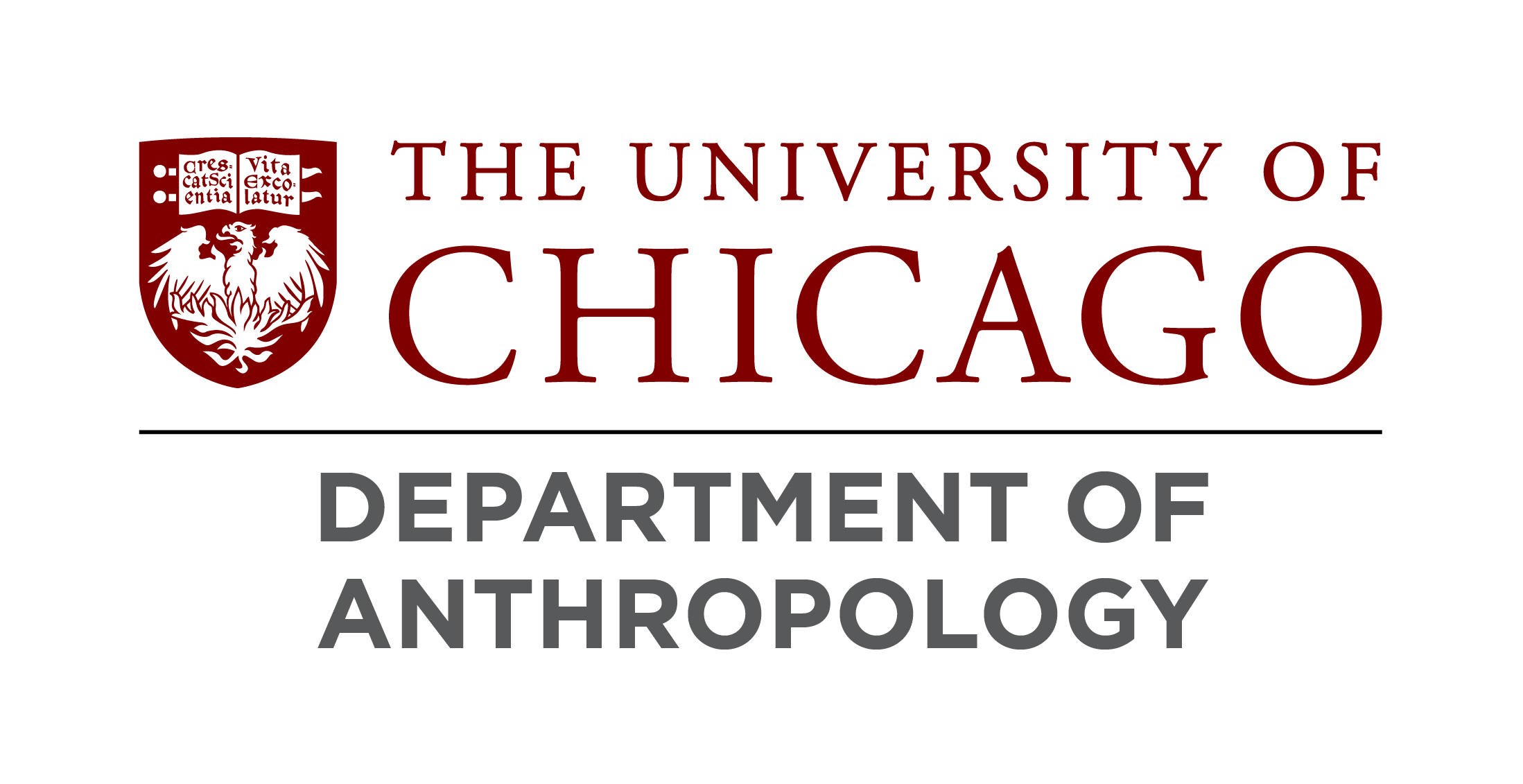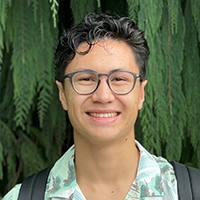BA Thesis Projects
Marion R. & Adolph J. Lichtstern Prize: Awarded by the Department of Anthropology for the most distinguished Bachelor’s papers in the areas of Social, Cultural, and Linguistic Anthropology
In Pursuit of "Clean Water": An analysis of counterculture, diet, and escapism on a commune in Hawai'i.
This paper is an ethnography of the diet and growing practices of a majority white commune located in Puna, Hawai’i. Puna is a district in the Big Island of Hawai’i with ten recognized communes and intentional communities populated mostly by American hippies that moved from the mainland U.S. Most of these communities are off-grid, supplying the majority of their own food, plumbing, and electricity and practice sustainable growing. This paper presents an ethnography of the diet and farming practices of members of 'ĀinaKarma Gardens, a commune located in Puna, Hawai’i through two main focuses: firstly, an analysis of how members of 'ĀinaKarma conceptualize their choices around food and secondly, a contextualization of 'ĀinaKarma’s existence and conceptualizations of food within the history of American colonization of Hawai’i. In pairing this historicization with my ethnographic findings from interviews with current and former members of 'ĀinaKarma and an analysis of 'ĀinaKarma’s website, this paper ultimately aims to provide an anthropological consideration of the appeal which attracts members to 'ĀinaKarma, which I argue is inextricably linked to colonial imaginaries of Hawai’i and escapism. In this analysis, I examine escapism as an increasingly relevant phenomenon and consider its role in society and potential as a method of fostering countercultural and revolutionary ideals.
Albert A. Dahlberg Prize: Awarded by the Department of Anthropology for the most distinguished Bachelor’s paper in the areas of Archaeology or Physical Anthropology
Tillya Tepe: Constructing Indentities on Cultural Crossroads
In 1978, a Soviet-Afghan joint archaeology team stumbled upon a nomadic necropolis five kilometers to the north of Sheberghan. Six fully excavated tombs yielded a magnificent collection of more than twenty thousand artifacts, mostly made of gold, hence the name Tillya Tepe (Golden Mound). Numismatic evidence provides a date between early and mid-first century A.D. Located on the cultural crossroads between east and west, the Tillya Tepe tombs and their grave goods with hybridized styles provide ideal conditions for an archaeological study of identities. Informed by anthropological, sociological, and psychological models of identity formation, this thesis approaches identity by stressing its multivalent nature, and identity is understood as being constructed by the very people who possess them. One can construct many overlapping identities, each can be emphasized or suppressed by oneself or by others as the social context dictates. Turning to the internal construction of identities, this thesis questions who the deceased thought they were and how the livings used their tombs to display and modify the deceased’s identities. By identifying markers of gender, age, socioeconomic status, social roles, and ideology, this thesis argues that the six Tillya Tepe tomb owners possessed different identities that did not always overlap, and these individual aspects of identity were furthermore masked by a more visible, overarching group identity shared by their burials. Processes of tomb construction and coffin furnishing were highly standardized and used during the funeral as visual instruments stimulating identifications of sameness and perceptions of belonging. Markers of gender, socioeconomic status, and age were incorporated into a coherent, hierarchical system that suggested not only a shared group identity but also the internal differentiation of wealth, power, and social roles. Personal items and ornaments – jewelries, clothes, toiletries, tools, and weapons – were manipulated to lay down categorical distinctions that assign each individual a specific place within the group identity. This Tillya Tepe group identity was carefully maintained in mortuary practice, and decisions regarding the inclusion and exclusion of the deceased from this group identity were actively controlled by the living through deliberate manipulations of the material culture.
Acts of Kindness and Shrugs: How the Discourse of Rights Shapes Perceptions of Self and Society
My thesis examines how the discourse of rights in the United States has shifted away from protecting human dignity and has instead become synonymous with individual self-interest regardless of social consequences or protecting the liberty we desire. I was inspired to begin this project during the Covid-19 lockdowns because I saw so many people using rights to justify not wearing a mask or not getting vaccinated. Beyond health regulations, I also witnessed many people prioritizing gun rights over gun control in the aftermath of countless mass shootings. To investigate this issue, I draw on texts that define liberalism and natural rights theory and incorporate them with my own interview data from participants in Kankakee, IL and around the country. I found that our use of rights to oppose health regulations or protect gun rights can be attributed to the individualistic and competitive ideology of neoliberalism. Solutions to our socioeconomic problems becomes framed in the context of rights, and the reverence for the free market becomes intertwined with the idolization of the free individual. In the end, I open the door to reframing how we perceive our freedoms. We may see liberty as a responsibility that we must uphold for ourselves and each other rather than a rigid right. Consequently, we can ensure our rules of liberty protect the needs of everyone rather than consecrating the concept of a right alone.
Reconceptualizing Ambiguities in Sex Estimation: A Case Study of the Society for American Archaeology Annual Conference Trends
Accurate sex estimation is critical for bioarchaeologists when recreating the demographics of past individuals. Yet, ambiguous results are not uncommon. While the current sex estimation methods do create a space for the uncertainty by marking individuals as probable male, probable female, or ambiguous, we are often trained to treat these individuals as data outliers and hence, to remove them prior to the stage of analysis. Drawing heavily from second- and third-wave feminisms, an increasing number of bioarchaeologists have challenged this binary bias inherent to our analytical schemes. Yet, theoretical advancements do not always lead to a timely formation of the corresponding methodological interface. It remains largely unexplored to what extent the field of bioarchaeology has integrated and responded to these theoretical discourses. My thesis focuses on how feminist critiques and gender/queer theories have impacted bioarchaeological research (or not), by exploring thematic shifts in presentations given at the Society for American Archaeology annual conferences between 2005 and 2022. Upon the findings, I argue that while ambiguous identities have received certain theoretical acceptance, ambiguity in the data itself continued to be sidelined. A few published case studies from this period were also selected for in-depth analysis. By observing how these scholars branded their works as sensitive to the plurality of sex/gender identities and experiences, I seek to answer how we may reconceptualize the ambiguity in sex estimation and how we could potentially translate the theoretical insights into field practices and training of students.
 THE UNIVERSITY OF CHICAGO
THE UNIVERSITY OF CHICAGO





